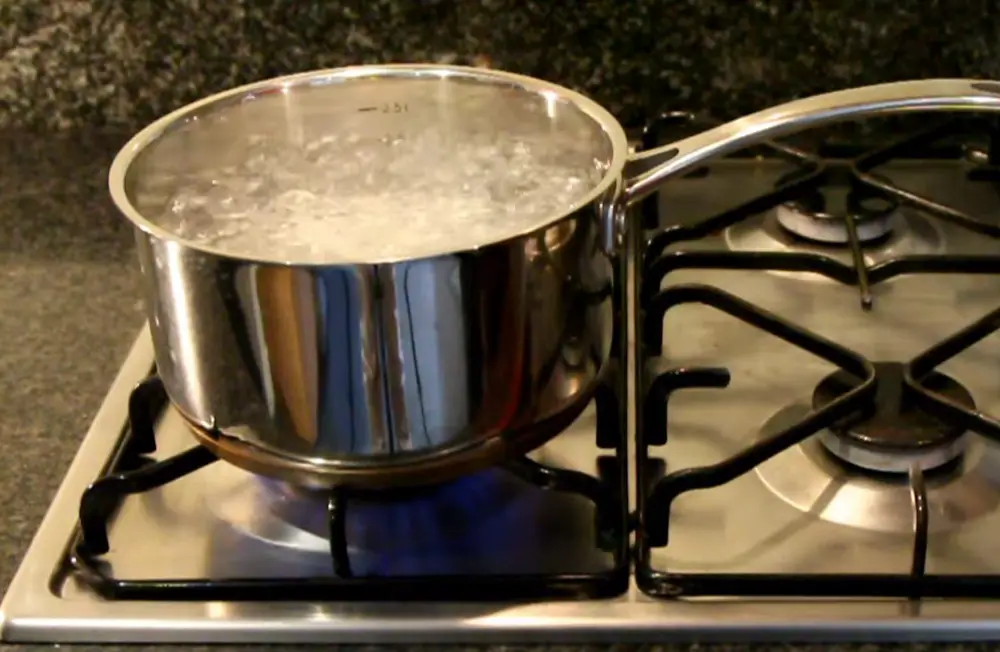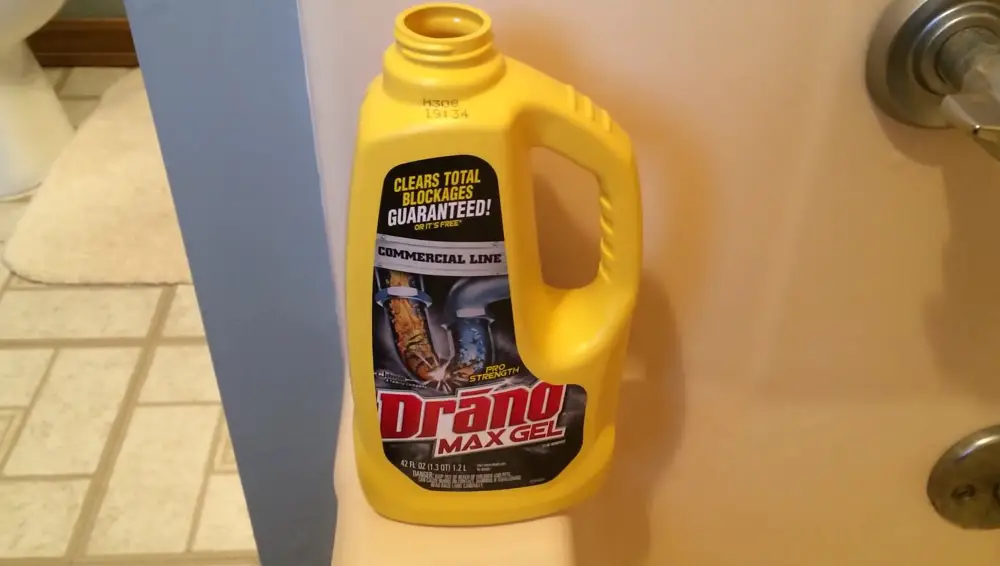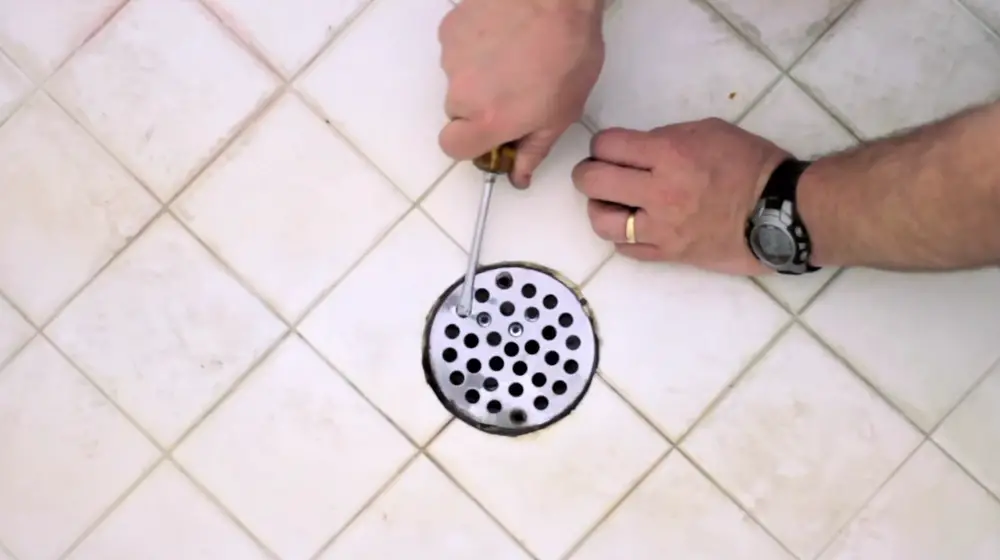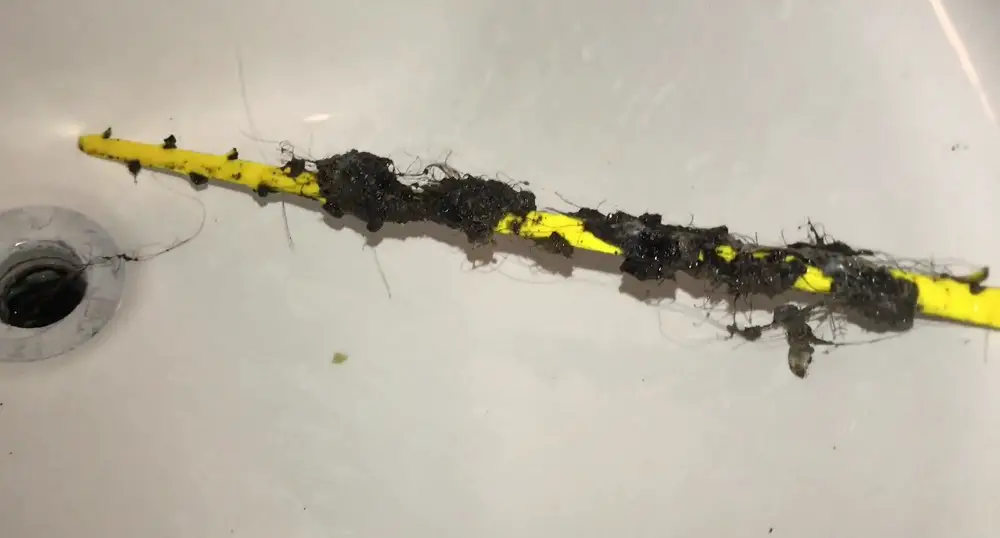Hey! This site is reader-supported and we earn commissions if you purchase products from retailers after clicking on a link from our site.
While most people clean their shower stall from time to time, the drain often gets neglected. Over time, this can cause a buildup of hair and other debris. Eventually, this can cause your shower to drain slowly or stop draining entirely.
Before calling the plumber, there are some tricks to address the problem yourself. Just consider this simple step-by-step guide to unclog your shower drain.
1. Use Hot Water

The water should be heated to boiling, and it is a good idea to use a teapot or something with a handle. You need to be able to hold onto the container to pour the water directly down the drain. Try not to pour all the water down at once. If you pour a little at a time, the water will be more effective in dissolving your blockage.
As an added tip, check to see what kind of pipes you have before using hot water. Hot water is great on metal pipes, but PVC may lead to problems. Hot water can weaken the joints of your PVC pipes. Therefore, if you have PVC pipes, skip to the next step.
This process can be repeated several times as needed. It may take several efforts before you see results.
2. Try Chemicals

If water cannot do the trick, you can turn to something more abrasive. Chemicals can be used to attack the blockage more directly. These chemicals can start to eat away at the blockage, allowing it to disintegrate and water to pass. There are two main options when it comes to chemicals.
- At-Home Remedies: You can mix equal parts baking soda and vinegar. Then, pour the mixture down the drain. The mixture should start to fizz, which means the blockage is being attacked. Let the mixture sit in the drain for at least a half hour. Then, rinse the drain. If needed, complete the process again.
- Store-Bought Options: There are liquid drain solutions that are sold at many hardware stores. These can be effective if the directions are followed correctly. However, these mixtures are also more dangerous. Never keep them within the reach of children, and take protective measures for your eyes and skin.
3. Open the Drain

The previous steps can be completed without even opening your drain. However, if your drain is still blocked after those steps, you will want to keep going and open up the drain. Each drain is made differently, which means you will have to look carefully to see how your drain opens.
- Manual removal: If you can see the blockage, you can probably use your fingers to dig out debris. This may seem a little gross, but it is pretty effective.
- Repeated liquids: You can also use hot water and chemicals at this point. Even if you have used these options before, you may have better luck when the drain is open.
4. Break Out the Snake

The snake is the tool your plumber would probably use. You can purchase your own snake at a hardware store or use a plastic ZipIt tool as shown in the photo above. The snake must be inserted into the drain. When you feel the blockage, start to turn the snake. The device will collect debris, which will be pulled out when you remove the snake.
You can make your own snake variation. By bending a metal hanger, you can make a skinny hook. This hook can be lowered and turned for the same effect as a snake.
When the blockage is removed, rinse the drain with water before putting the cover back on. Then, you can get back to showering in peace.
Serious about upgrading your shower? We created a special guide for you. We evaluated hundreds of shower heads and narrowed down our discovery to these 12 shower heads that we think are the best of the best. Whether you love intense high pressure, soothing rainfall, saving water, or rocking out to music in the shower – we’re confident you’ll find the perfect fixture for you.
